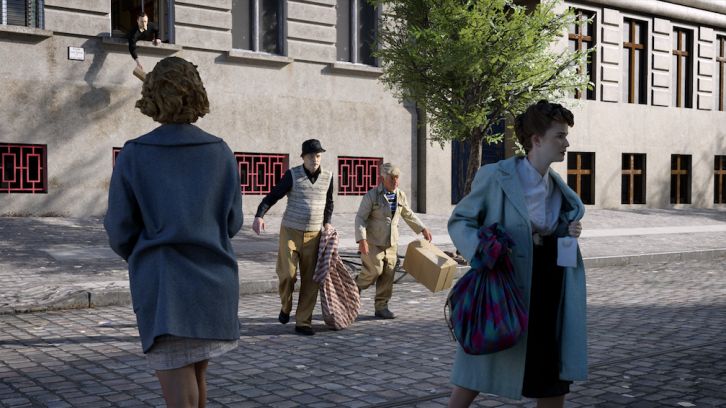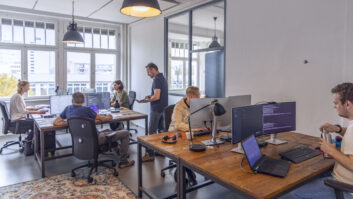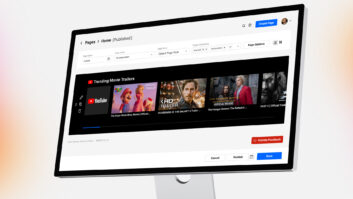To commemorate the 30th anniversary of the fall of the Berlin Wall, YouTube Originals and Remarkable TV (part of EndemolShine UK) have launched a 30-minute VR special entitled Virtually History: The Berlin Wall.
“YouTube are quite unique in that they have a VR capability (they do the Google Cardboard app) and so it felt like a really natural home for a show that would sit on YouTube Originals, but then it would have these VR experiences as well, and it felt like a really nice fit for the platform,” executive producer Patrick Furlong told TVBEurope. “We went into production very quickly because we wanted to hit the anniversary of the fall, because we wanted to use it as a piece that would explore and resonate with people given that the anniversary was there, the really interesting historical context, but bring it to a younger audience as well.”

The special follows three people with a personal connection to the Berlin Wall as they step inside family photographs to reveal stories of those who tunnelled under the wall, experienced near-misses with the East German secret police and raised the nearly united German flag as the wall fell. Simultaneously, YouTube creators Riyadh K, Hannah Witton, and Rezo follow their journeys, experiencing the past first-hand across continents and generations.
“We had to build the model first off, so we built that using Maya, which is a 3D modelling programme that enables you to build completely realistic 3D environments and render it in photoreal quality and light it,” Furlong explains. “Once you’ve got that key asset, we then had to put the people in from the photographs. So we used actors and we scanned them in full 360 at Pinewood, and we then introduced the people into the model and made sure they looked right. Once you’ve got your model then it’s a question of rendering out from different positions, so working out what’s the best way of telling the story using this model.”







